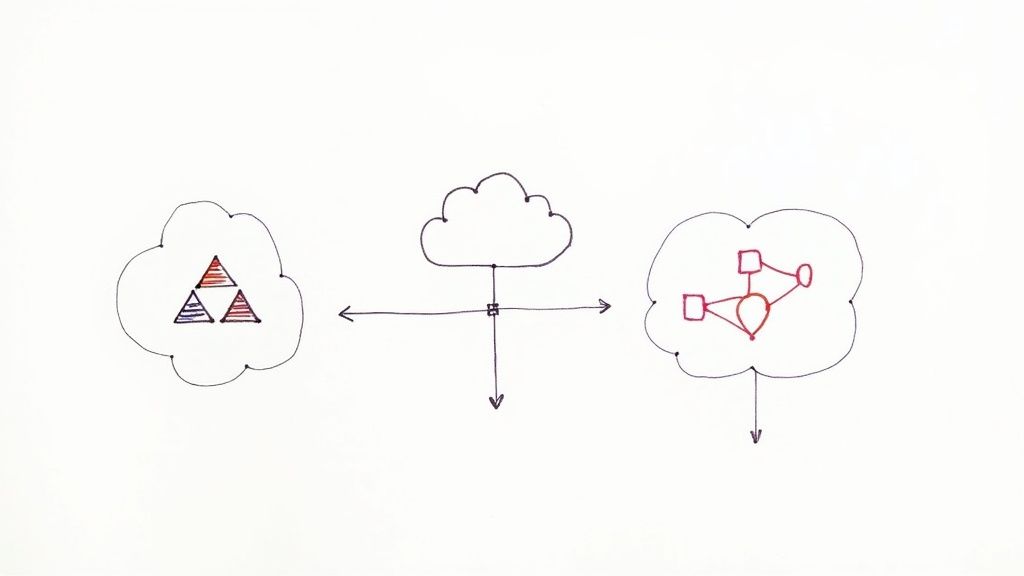Technology
12 Best Confluent Alternative Platforms in 2025
Explore our curated list of the top 12 Confluent alternative platforms for 2025. Compare managed Kafka, CDC, and streaming solutions to find your perfect fit.
PUBLISHED
November 20, 2025
TL;DR
• Teams seek Confluent alternatives for simpler pricing, reduced operational overhead, or specialized CDC capabilities.
• Options include managed Kafka (Amazon MSK, Aiven), Kafka-compatible platforms (Redpanda, WarpStream), and CDC-first solutions like Streamkap.
• This guide analyzes 12 platforms covering strengths, limitations, pricing, and ideal use cases.



